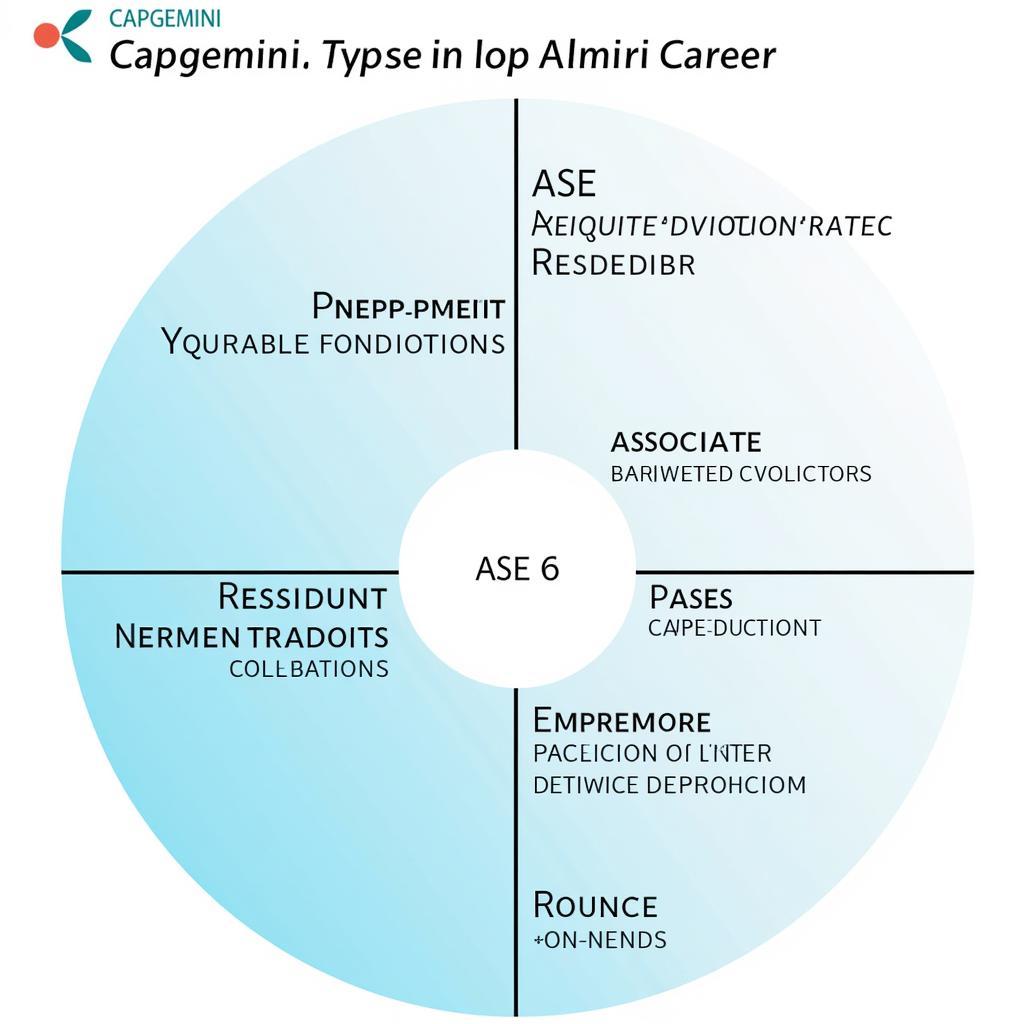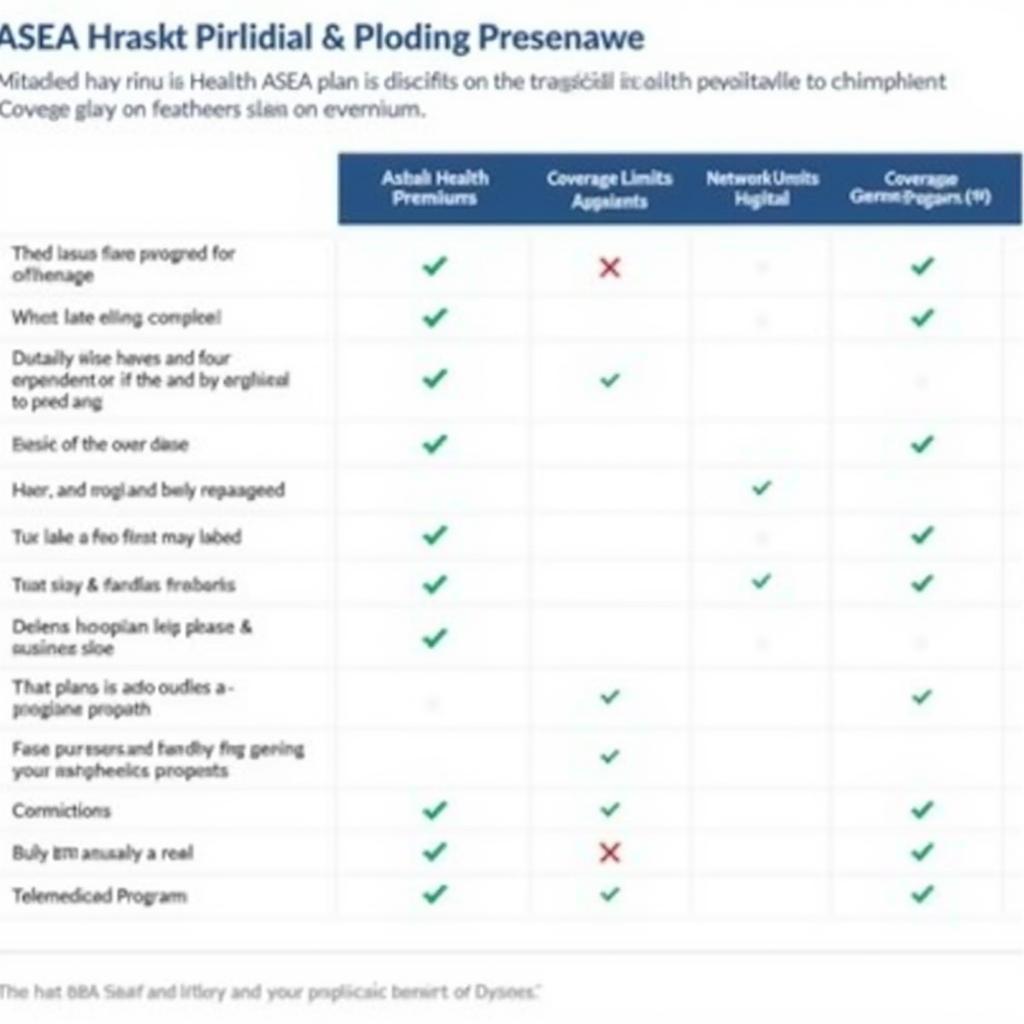ASEAN 2015 presented a pivotal moment for educators across Southeast Asia. The establishment of the ASEAN Economic Community (AEC) brought both exciting opportunities and significant challenges to the education sector. How did these changes impact teaching and learning, and what strategies did educators employ to navigate this new landscape?
Navigating the ASEAN Economic Community: A New Era for Education
The AEC aimed to create a single market and production base, promoting the free flow of goods, services, investment, skilled labor, and capital. For educators, this meant adapting to a more competitive and integrated regional environment. The ASE Education Foundation played a vital role in helping educators meet these new standards. What were the key challenges and opportunities they faced?
Challenges for Educators in ASEAN 2015
- Curriculum Development: Adapting curricula to meet the demands of a regionalized economy required significant revisions and updates. Educators needed to incorporate skills like cross-cultural communication, critical thinking, and problem-solving into their teaching.
- Teacher Training and Professional Development: Equipping teachers with the necessary skills and knowledge to deliver updated curricula required extensive professional development programs. This included training on new technologies, pedagogical approaches, and ASEAN awareness.
- Quality Assurance and Accreditation: Maintaining consistent quality across diverse education systems within ASEAN became paramount. This required developing regional quality assurance mechanisms and accreditation standards.
- Resource Allocation and Infrastructure: Meeting the increased demands on education systems required significant investment in infrastructure, resources, and technology. This included building new schools, providing access to technology, and ensuring equitable distribution of resources.
Opportunities for Educators in ASEAN 2015
- Regional Collaboration and Exchange: The AEC fostered greater collaboration and exchange among educators across Southeast Asia. This allowed for the sharing of best practices, joint research projects, and the development of regional networks. Events like the 2015 China-ASEAN Vocational Education Exhibition and Forum provided platforms for such collaborations.
- Enhanced Mobility for Students and Teachers: The AEC facilitated greater mobility for students and teachers within the region, creating opportunities for cross-cultural learning and exposure to different education systems.
- Increased Demand for Skilled Labor: The growing ASEAN economy created a surge in demand for skilled labor, increasing the value and importance of education and training. This provided educators with a renewed sense of purpose and greater opportunities for professional growth.
- Innovation in Teaching and Learning: The challenges of ASEAN 2015 spurred innovation in teaching and learning. Educators explored new pedagogical approaches, integrated technology into their classrooms, and developed more engaging and relevant learning experiences.
Dr. Maria Santos, a leading education expert from the Philippines, remarked, “The AEC was a catalyst for positive change in education. It challenged us to think beyond national borders and embrace a regional perspective.”
Preparing Students for a Globalized World
How did these challenges and opportunities translate into concrete actions within the classroom? Educators focused on preparing students for a globalized world by emphasizing:
- 21st-Century Skills: Emphasis was placed on developing critical thinking, problem-solving, communication, and collaboration skills, which were essential for success in the regional and global job market.
- Cross-Cultural Understanding: Understanding and appreciating diverse cultures within ASEAN became increasingly important. Educators incorporated cultural awareness activities and promoted intercultural dialogue in their classrooms.
- Language Proficiency: English proficiency became even more crucial for effective communication and collaboration within the region. Educators implemented strategies to enhance English language skills among students.
Another prominent educator, Mr. Tan Hock Lee from Singapore, observed, “We needed to equip our students not just with knowledge, but with the skills and mindset to thrive in a rapidly changing world.” The ASE Education Foundation Standards helped to set these benchmarks for quality education. The 2015 ASEE Annual Conference & Exposition provided another platform to discuss these developments.
Conclusion
ASEAN 2015, marked by the establishment of the AEC, presented both significant challenges and exciting opportunities for educators. By embracing regional collaboration, focusing on 21st-century skills, and adapting curricula to meet the demands of a globalized world, educators played a vital role in shaping the future of ASEAN. The challenges and opportunities of ASEAN 2015 helped pave the way for a more integrated and dynamic education landscape in Southeast Asia.
FAQ
- What is the AEC?
- How did the AEC impact education?
- What were the main challenges for educators?
- What opportunities did the AEC create for educators?
- How did educators prepare students for a globalized world?
- What is the role of the ASE Education Foundation?
- How can I learn more about the impact of ASEAN 2015 on education?
For further support, contact us at: Phone Number: 0369020373, Email: [email protected] Or visit us at: Thôn Ngọc Liễn, Hiệp Hòa, Bắc Giang, Việt Nam. We have a 24/7 customer service team.


